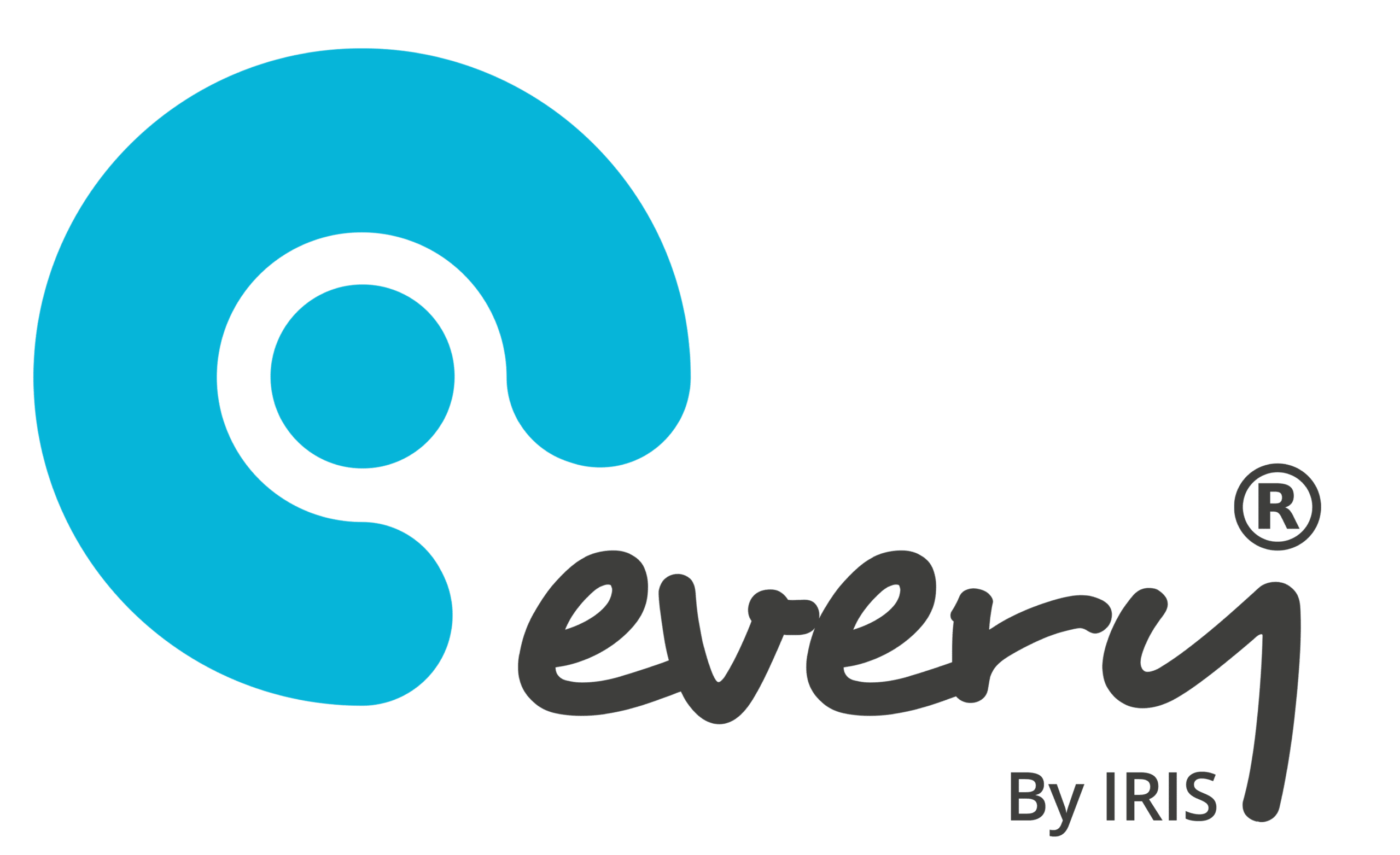Our director and co-founder, Adam Watson, recently shared his thoughts with FE News about how technology can not only help to keep the education sector’s operations running smoothly, but how it can also have a positive and empowering impact on schools’ facilities management and HR teams.
If you missed the original article, catch up here…
A shock to the education system
Looking back over the last 12 months, there have been many challenges facing the education arena, and one of the main realisations – cemented by the numerous lockdowns – has been that technology and staff need to work together to keep the education ship sailing.
As the Prime Minister announced that schools and colleges would close their doors to pupils, many institutions quickly recognised that the infrastructure to effectively deliver lessons remotely wasn’t in place.
Those education establishments which had invested earlier on in technology made a smoother transition to the virtual model, while those that hadn’t were left experiencing a great sense of ‘what next?’ and increased volumes of unengaged children and parents.
Adaptability and agility were – and continue to be – more important than ever, to keep the learning machine operating efficiently.
But while schools’ on-site operations were drastically scaled down, they didn’t all simply close down – remaining open for children of key workers and other special educational needs. The buildings and systems still required looking after – such as maintenance, compliance, policies, risk and asset management, and HR – and this needed boots on the ground to make this possible, as not all sites had tech in place for the more ‘behind the scenes’ workings.
Harnessing technology as an enabler
When it comes to ‘engine room staff’, such as those in administration, facilities management, or HR, they can be compared to the naval team that keeps a ship – the school or college – sailing smoothly. And without these experts, the vessel wouldn’t be able to safely navigate waters every day.
Much of the discussion around tech adoption in education defaults to online learning platforms and conferencing tools, but also having savvy, time-saving systems in place for site and staff management means that the overall learning environment thrives.
Taking HR as an example, in many institutions, the headteacher still plays a highly active role in authorising staff absences, and while there’s no immediate issue with this, more often than not, the authorisation trail is either paper based or logged on multiple email communications.
As a result, this is not only incredibly time consuming for HR staff and senior leadership teams alike, but it also removes a core element of real-time visibility – making it impossible to identify leave trends and implement strategies which help to reduce absences.
When centralised digital solutions are introduced, which allow employees to update their personal information records, request leave, view policies and their training modules, and track their KPI progress, this can drastically reduce the administrative burden on HR teams and help to minimise data errors — thereby creating a seamless communication platform which empowers staff and makes them feel more supported by their employer.
And these same plusses are also there for school business managers (SBMs) and facilities management teams who are tasked with keeping the school and colleges safe and compliant throughout the year.
For multi-academy trusts (MATs), this presents even more advantages, as all sites and employees can be viewed, managed, and compared from a single system.
Embracing change for long-term gain
If we think of a school as a four-sliced pie made up of funding, resource, systems and processes, the only sections which institutes can control themselves are the latter two – how they do things and what measures and/or technology they have in place to enable this.
There can often be some anxiety around the implementation of new systems though, even if ‘the old way’ is riddled with painstaking, long-winded processes – familiarity can often feel like the better option, especially in the short term.
But in the long term, there aren’t solely the time-saving and productivity benefits that technology brings, it also helps to free up employees’ headspace to concentrate on the more strategic side of their role.
That means, instead of SBMs trying to keep track of when each compliance contract needs updating or renewing or tracking – via email – whether staff have signed the latest policies, systems which store all this data can send automated reminders and flag when deadlines are looming.
Data holds the key to improved performance
The power of a brain isn’t in its size but in the number of connections it has, and this analogy has never rung truer than it does for schools and colleges. They don’t perform well based on how large they are, but in how smoothly and efficiently run they are – essentially, how connected the data behind the scenes really is.
Every piece of intelligence in an education establishment’s database tells a story – it’s jam-packed with insight that can help teams make smarter, strategic decisions. But, if this information is locked away in paper-based filing cabinet systems or within a person’s notepad, this doesn’t only make it more susceptible to loss or misplacement, but it’s likely its accuracy is also questionable.
There’s also more of a holistic approach when using savvy management information systems which can not only store data but bring it all together by identifying relationships – linking tasks, policies, contracts, employee absence records, training, and more, all together in one whole-school view.
And when it comes to life in education post-lockdown, the coexistence of technology and humans will continue to prove a vital piece of the management puzzle.
That’s because even if less teaching is done remotely, keeping track of assets, communicating policy updates with employees, managing risks, and coordinating site maintenance needs to be streamlined and efficient at all times – lockdown or no lockdown.
Additionally, when it comes to inspections, if someone has a compliance question and SBMs have to go away and consult an array of spreadsheets to find an answer, this can not only be stressful for staff, but it also limits the amount of information that can be gleaned.
For instance, if teams can clearly drill down into the data at the click of a button – via customisable dashboards – to identify if any key information is missing and to draw trends and comparisons, this is not only a more reliable way of extracting insights but as a result, it can help to inform institution-critical decision-making around where funding is allocated.
What’s next for education and technology?
It’s clear that digital solutions have the ability to provide support – to both staff and students – while both on and off campus.
But, in order to streamline and develop operations, all education institutions – whether primary and secondary schools, colleges, MATs, or universities – need to take stock of the here and now and evaluate the systems they have in place.
Is it really the right one? Is it helping or hindering employees? With the data we’re inputting, are we getting any valuable insights back?
These are all questions which needs asking in order to both challenge and optimise the modus operandi – creating an education environment which empowers and develops staff, promotes workforce-wide collaboration, and champions technology for tasks which detract away from the strategic decision-making.



